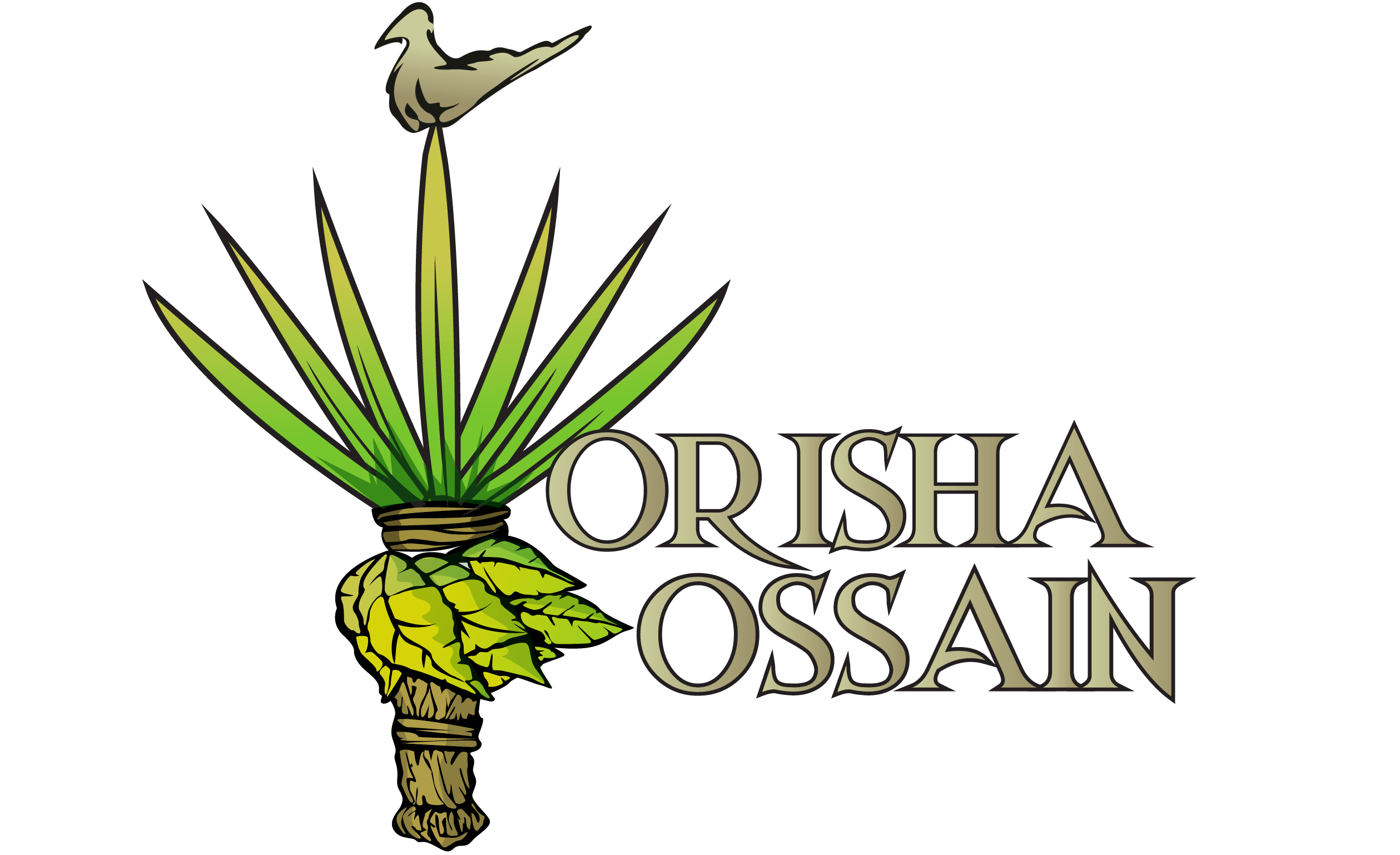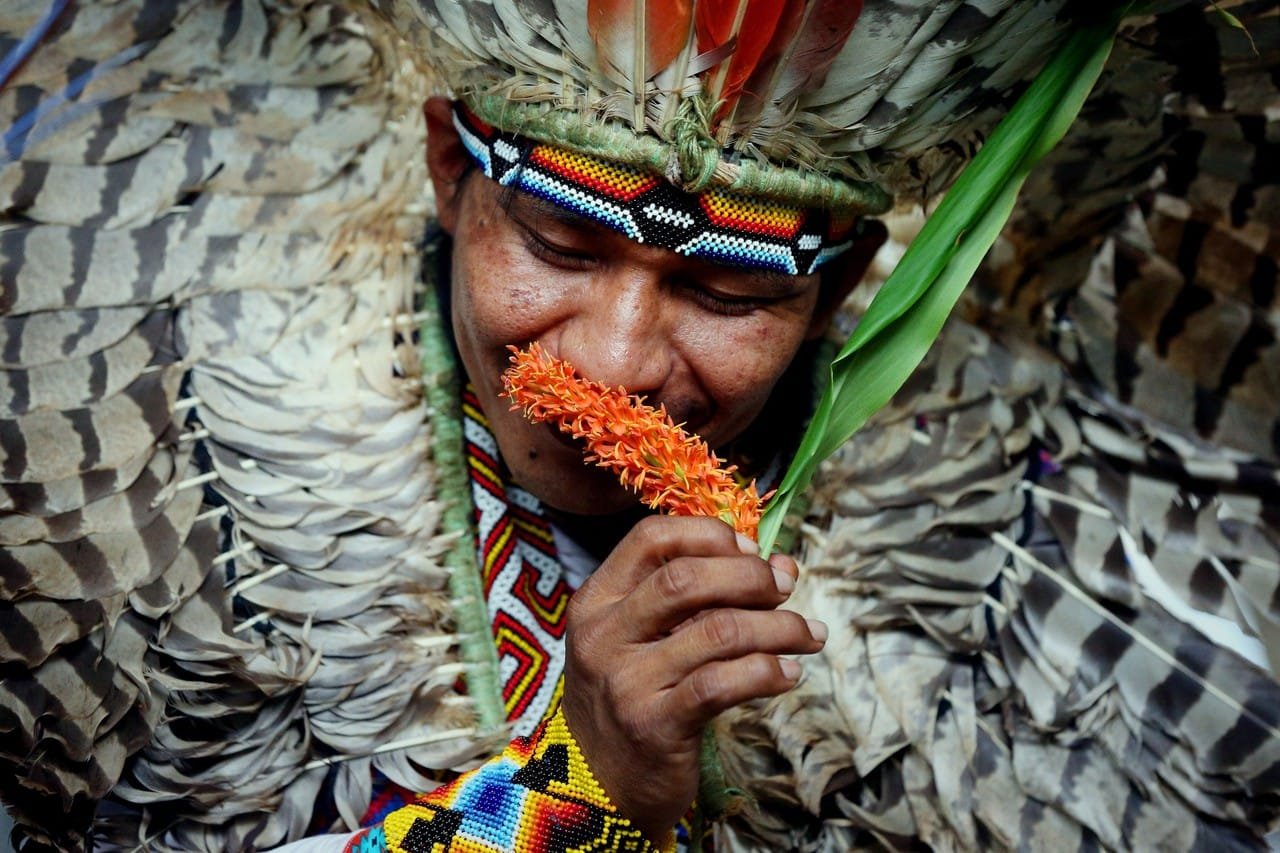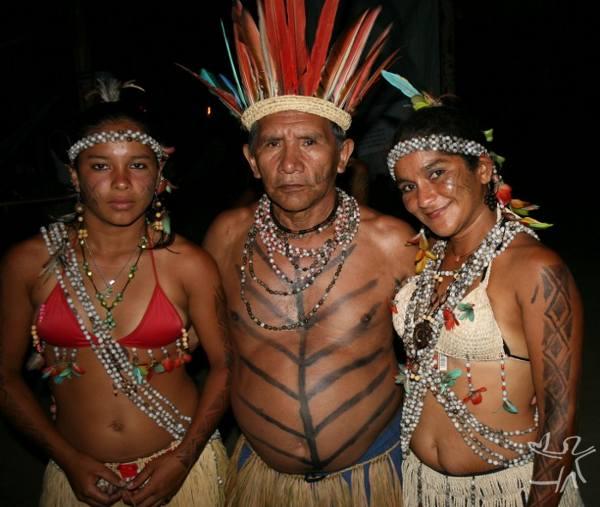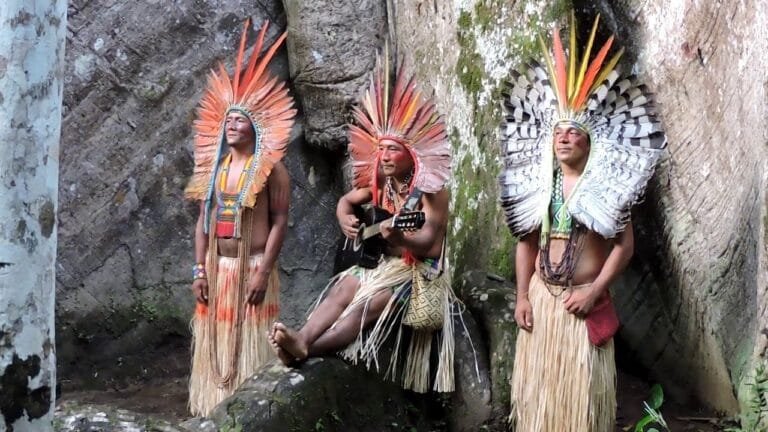The Kaxinawá
The Kaxinawá, widely recognized as the Huni Kuin, are a vibrant Indigenous tribe residing in the dense rainforests of the Brazilian Amazon. Renowned for their rich cultural heritage and profound spiritual traditions, the Kaxinawá have maintained their unique way of life for countless generations. At the heart of their culture lies the transformative practice of shamanism, which serves as a cornerstone of their society and spirituality.
The Tradition of Kaxinawá Shamanism
The Kaxinawá have cultivated a sophisticated and multifaceted tradition of shamanism that integrates diverse practices, rituals, and spiritual beliefs. Central to their shamanic worldview is the belief in the deep interconnectedness of all living beings and the existence of spiritual dimensions that extend beyond the physical realm.
Kaxinawá shamans, revered as Pajés or Mestres, are crucial intermediaries between the physical and spiritual worlds. These spiritual leaders communicate with:
- Nature spirits that inhabit the Amazon rainforest.
- Ancestral beings who guide and protect the community.
- Otherworldly forces that influence health, harmony, and balance.
Through their guidance, Pajés perform ceremonies that heal physical and spiritual ailments, protect their people, and ensure the well-being of their community. These ceremonies not only address immediate concerns but also strengthen the tribe’s spiritual connection to the natural world and their community.
Why Kaxinawa Shamanism Matters
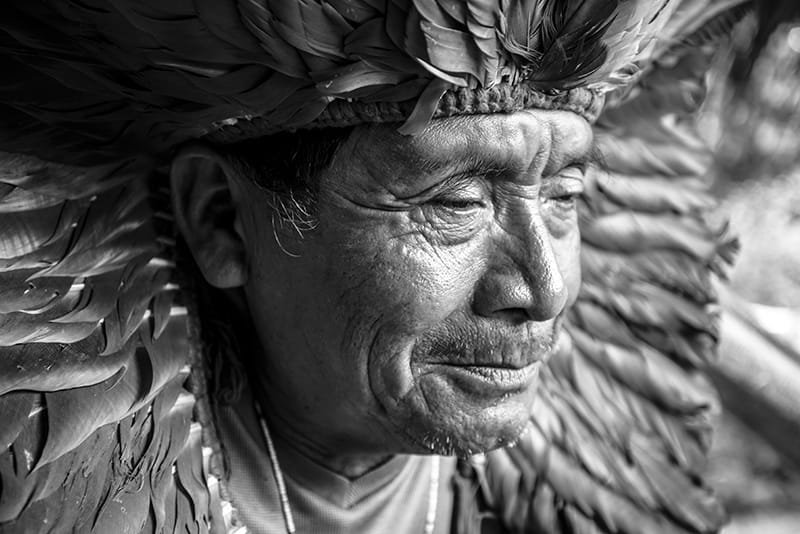
This ancient tradition offers a unique perspective on how humans can live harmoniously with the natural world while embracing a deep connection to spiritual realms. The Huni Kuin’s enduring practices preserve their cultural identity and provide valuable insights into sustainable living and holistic healing.
Key Aspects of Kaxinawa Shamanism:
- Core Beliefs:
- The interconnectedness of all living beings.
- The existence of spiritual realms beyond the physical world.
- Role of Shamans (Pajés/Mestres):
- Mediators between the physical and spiritual realms.
- Communicators with spirits of nature, ancestors, and other beings.
- Providers of healing, protection, and guidance for their communities.
- Practices and Traditions:
- A wide range of rituals and ceremonies.
- Emphasis on maintaining harmony between humans and the natural world.
How to Become a Pajé (Shaman)
“The Pajé gives and takes life. To become a Pajé, one goes alone into the forest and ties their entire body with envira (a type of vine). They lie at a crossroads with arms and legs spread open. First, the night butterflies, the husu, come and cover their entire body. Then the yuxin (spiritual beings) arrive and eat the husu until they reach your head. At that point, you embrace it tightly. It transforms into a murmuru (a plant with thorns). If you are strong and don’t let go, the murmuru will transform into a snake that wraps itself around your body. If you endure, it will transform into a jaguar. You keep holding on. This continues until you are holding onto nothing. You have passed the trial, and then you speak—then you explain that you want to receive muka (spiritual power), and it gives it to you.“
(Siã Osair Sales)
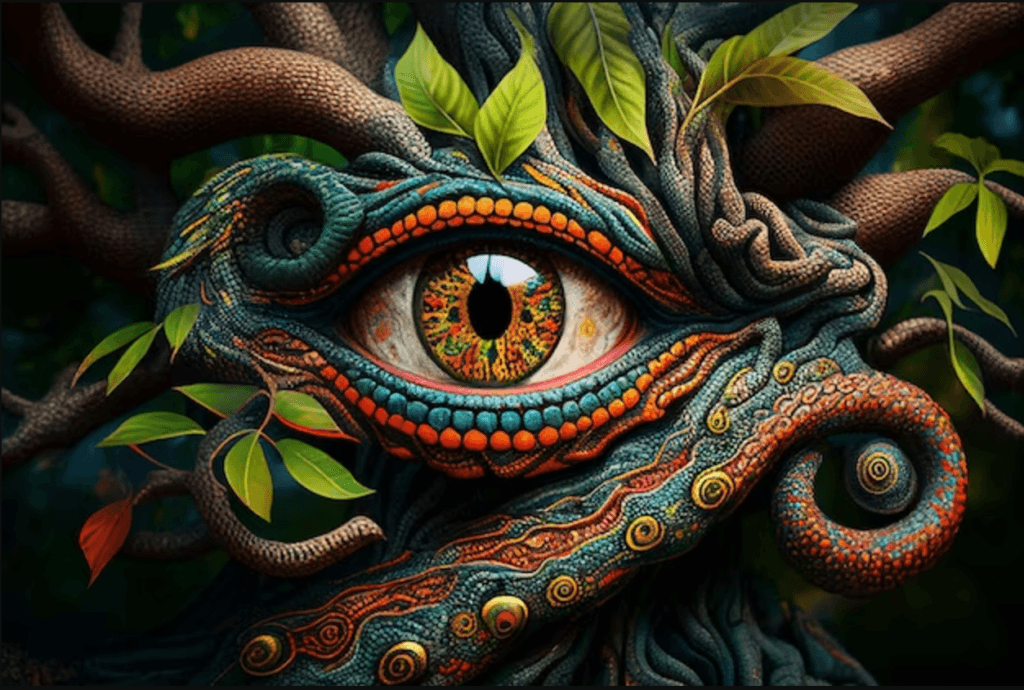
Rapé in Kaxinawá Culture
- A Sacred Medicine:
The Kaxinawá view Rapé as a powerful bridge to the spiritual world and the forces of nature. - Cultural Use:
They integrate Rapé into:- Healing ceremonies to restore physical and spiritual balance.
- Rituals that honor nature and ancestral spirits.
- Daily life for clarity, focus, and grounding.
- Preparation:
Kaxinawá shamans, known as Pajés or Mestres, blend Rapé with care and precision, following ancient recipes combined with their intuitive practices.
The use of Rapé is deeply ritualistic. Shamans perform ceremonies accompanied by chants, prayers, and invocations that invite the spirits to guide and protect the participants. Rapé often evokes powerful effects such as heightened awareness, emotional release, or spiritual awakening. Many Kaxinawá describe experiencing vivid visions and profound insights, which they interpret as spiritual messages.
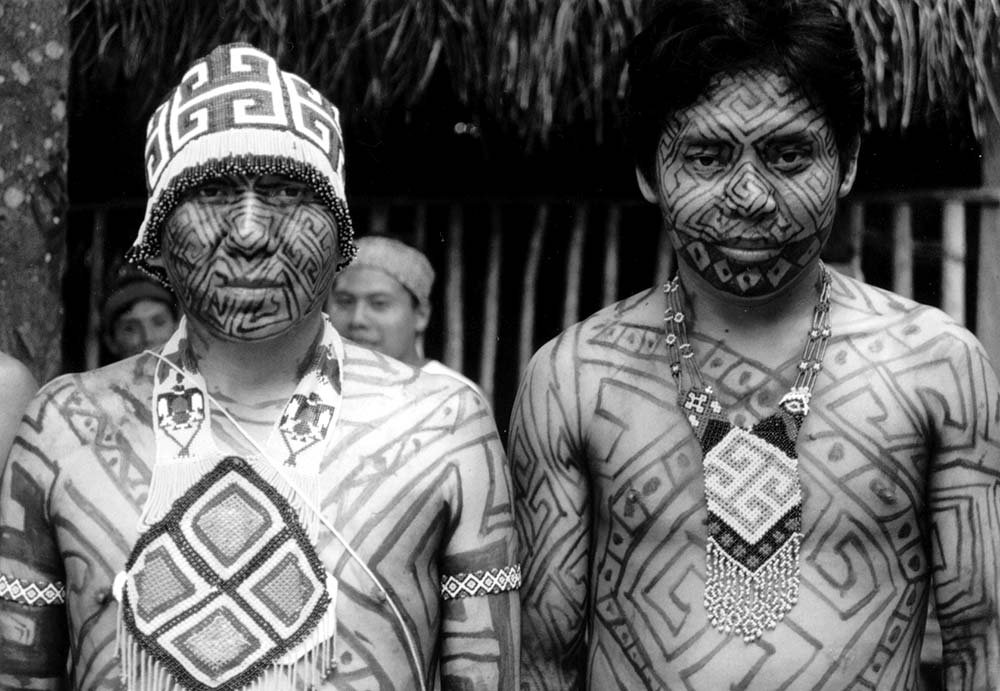
Communal and Healing Roles of Rapé
- Strengthening Bonds:
Sharing Rapé fosters a strong sense of unity, generosity, and mutual support within the Kaxinawá community. This practice reinforces social connections and communal harmony. - Healing and Transformation:
By inducing deep emotional and spiritual processes, Rapé acts as a tool for personal growth, cleansing, and renewal.
The Kaxinawá actively uphold this sacred practice, which reflects their commitment to preserving their ancestral wisdom. Through their use of Rapé and other shamanic traditions, they honor their elders, maintain their cultural identity, and remain deeply rooted in their spiritual heritage while navigating the modern world.
The Kaxinawá and the Ayahuasca Tradition
The Kaxinawá of the Brazilian Amazon, have a long and sacred relationship with ayahuasca, a powerful plant-based brew used in their spiritual and healing practices. Known as nixi pae in their native language, ayahuasca plays a central role in their connection to the spiritual world, serving as both a medicine and a tool for profound introspection and guidance.
The preparation of nixi pae is a sacred process overseen by Kaxinawá shamans, called pajés. The brew is made by combining the vine Banisteriopsis caapi with the leaves of the Psychotria Viridis plant, along with other sacred ingredients. Each component is believed to hold a spirit, and the pajé’s role is to harmonize these spirits to create a balanced and potent medicine. Guided by ancestral knowledge and traditional recipes, the shamans treat the preparation with great care and reverence.
Key Elements of the Nixi Pae Ceremony:
- Ritual Setting: Participants gather in a circle, often around a fire, while the pajé leads prayers, chants, and invocations to the spirits of the forest. Sacred songs, called txai, guide participants through their visions and help them interpret spiritual messages.
- Spiritual Effects: Many participants experience vivid visions, emotional release, and spiritual awakening. These experiences are not seen as mere hallucinations but as profound encounters with ancestral and natural spirits, offering wisdom and healing.
The Kaxinawá use nixi pae to address physical ailments, emotional struggles, and communal challenges. Beyond its therapeutic use, the brew serves as a bridge between the physical and spiritual realms, helping the Kaxinawá maintain harmony with nature and uphold their cultural identity through this sacred tradition.
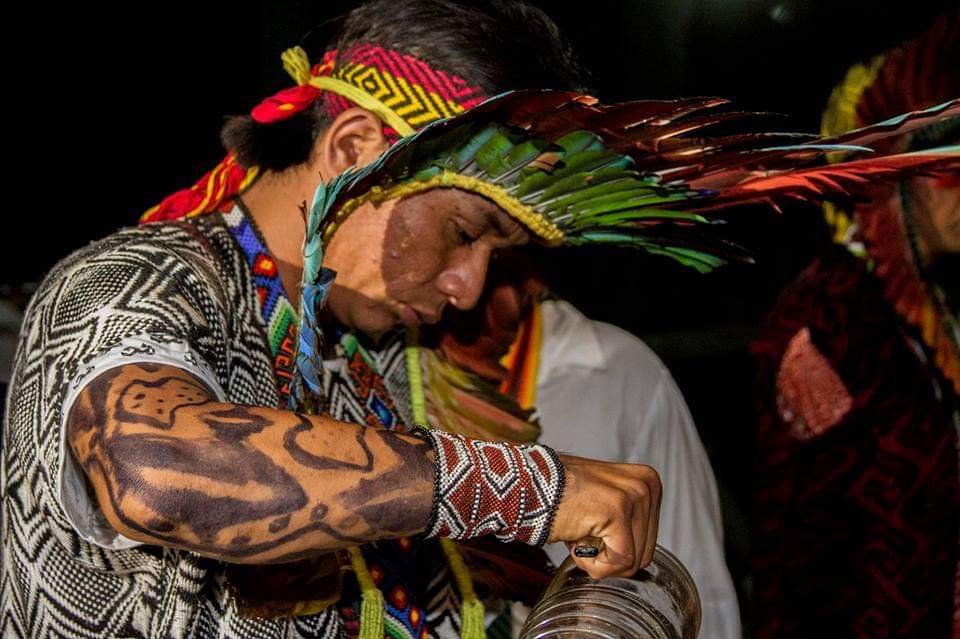
Kaxinawá Belong to the Pano linguistic family, which inhabits:
- The tropical rainforest in eastern Peru (from the foothills of the Andes to the border with Brazil).
- Brazilian regions such as:
- Acre (Upper Juruá and Purus regions).
- Southern Amazonas (Javari Valley).
Characteristics of the Pano Groups:
- Pano groups referred to as nawa:
- Form a subgroup within the Pano family.
- Share closely related languages and cultures.
- Have historically been neighbors over long periods.
- Each group refers to itself as huni kuin:
- Means “true men” or “people with known customs”.
- Distinguishes themselves through a system of name transmission, found among:
- Kaxinawá.
- Sharanawa.
- Mastanawa.
- Yaminawa.
- Other nawa groups.
Historical Context:
- Early confusion in ethnic names:
- First travel accounts reveal a lack of consensus on names between:
- The denominators (those naming the groups).
- The denominated (those being named).
- Example:
- Pano groups called almost all others nawa.
- Call themselves and their relatives huni kuin.
- First travel accounts reveal a lack of consensus on names between:
- Inter-group name-calling and insults:
- The Kulina were called pisinawa (“those who stink”) by the Kaxinawá.
- The Paranawa referred to the Kaxinawá as pisinawa.
- The name “Kaxinawá” itself likely originated as an insult:
- Kaxi means:
- Bat.
- But can also refer to “people with the habit of walking at night.”
- Kaxi means:
